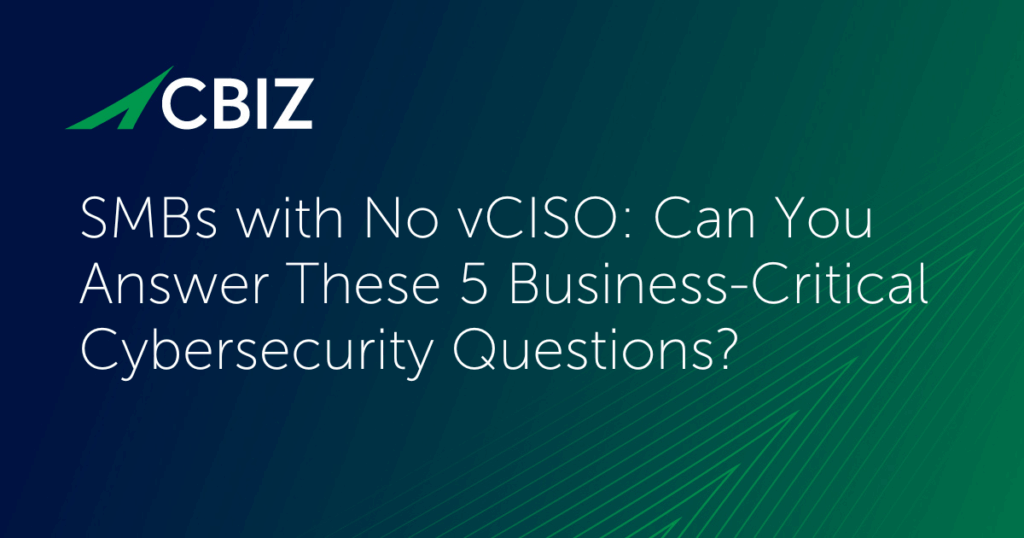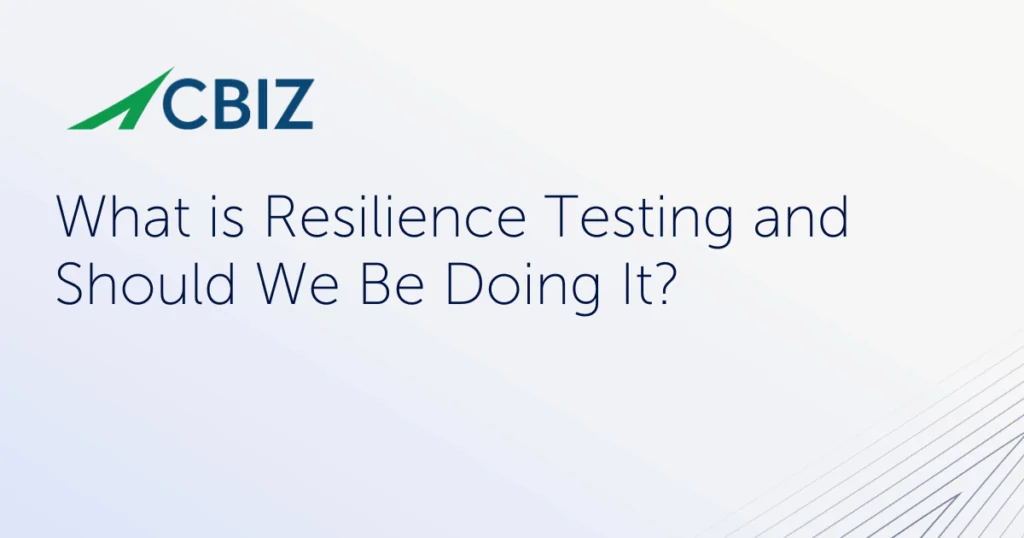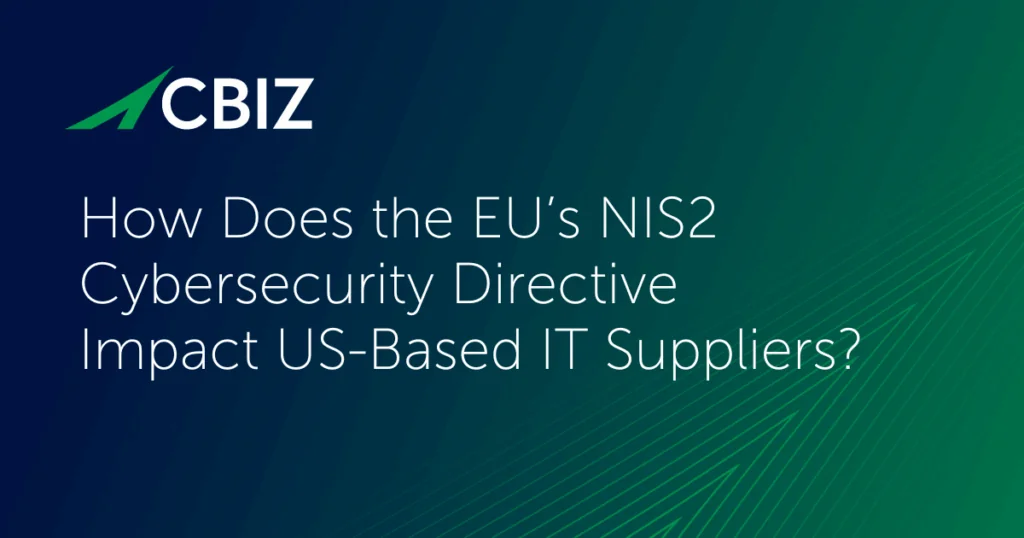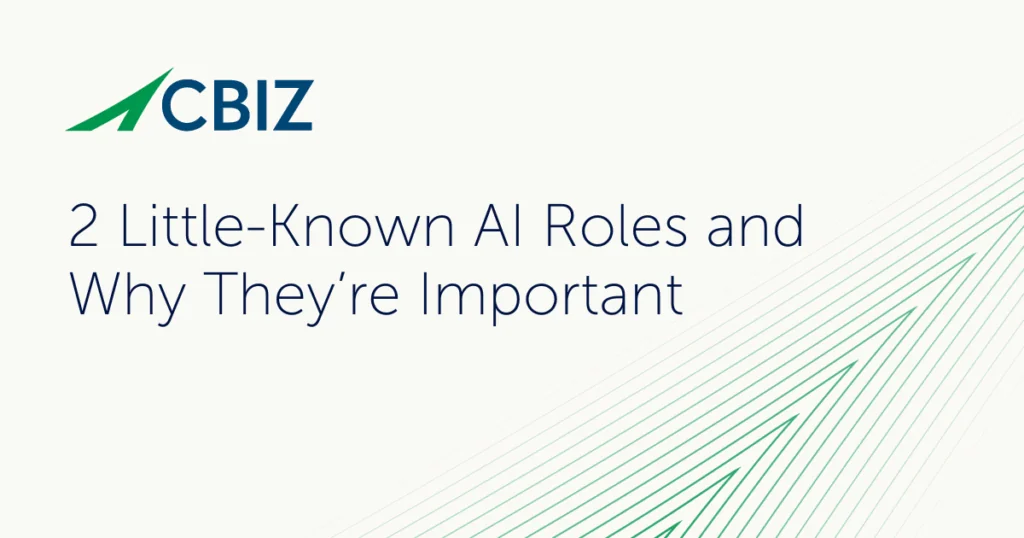Last Updated on September 30, 2024
Cybersecurity standards help organizations reduce data breach risks, maintain regulatory compliance, benchmark their cybersecurity posture, preserve business continuity, and build stakeholder trust. But which standard(s) should your organization align with? What are the key differences and how do their benefits compare?
This article compares two of the most influential and widely used cybersecurity standards for organizations in North America: ISO 27001 and the NIST Cybersecurity Framework (NIST CSF).
What is ISO 27001?
ISO 27001 is the world’s most widely trusted cybersecurity framework. It specifies a comprehensive set of voluntary best practices to create and maintain an Information security Management System (ISMS). An organization can apply ISO 27001’s policies, procedures, and technical controls in alignment with specific business needs to effectively assess and manage information-related risk.
A major reason why ISO 27001 is the global “gold standard” for cybersecurity is that companies can attain a certification of compliance attested by an accredited third-party audit. This certificate, valid for three years, gives customers, regulators, investors, and other stakeholders peace of mind that you can protect sensitive data.
ISO 27001 embodies three core cybersecurity principles, often called the CIA triad:
- Confidentiality—Only authorized entities can access the organization’s data.
- Integrity—The organization’s data is reliably stored and is safe from accidental and malicious loss or damage.
- Availability—Authorized entities can access the organization’s data on demand.
According to ISO, “An ISMS that meets the requirements of ISO 27001 preserves the confidentiality, integrity, and availability of information by applying a risk management process and gives confidence to interested parties that risks are adequately managed.”
What is the NIST CSF?
The US National Institute of Standards and Technology developed its Cybersecurity Framework (NIST CSF) to help critical infrastructure operators and other organizations improve their ability to manage and reduce cybersecurity risks.
A voluntary standard, NIST CSF was initially created in response to Executive Order 13636 from February 2013, “Improving Critical Infrastructure Cybersecurity.” However, it is specifically designed to be applicable to organizations of all sizes across industries.
According to NIST, “The Cybersecurity Framework’s prioritized, flexible, and cost-effective approach helps to promote the protection and resilience of critical infrastructure and other sectors important to the economy and national security.”
NIST CSF is perhaps best known for its five core functions:
- Identify your organization’s specific cybersecurity risks.
- Protect your critical services with appropriate cybersecurity controls.
- Detect cyber threats and attacks quickly or proactively.
- Respond in a planned manner to minimize cyber incident impacts.
- Recover critical functions in a planned manner while capturing recommendations for improving your cybersecurity posture.
What are the key ISO 27001 vs NIST CSF differences?
ISO 27001 and NIST CSF are both comprehensive cybersecurity frameworks that emphasize risk assessment and management oversight. Both focus on helping organizations identify risks, implement appropriate controls, and monitor performance and compliance.
As such, there is considerable overlap between these two sets of best-practice cybersecurity recommendations. But there are also significant differences for organizations evaluating which standard to align with.
The most critical differences between ISO 27001 versus NIST CSF include:
- ISO 27001 is a compliance standard while NIST CSF is a flexible guideline.
- ISO 27001 requires a formal, two-stage audit process leading to certification, while NIST CSF does not require audits or certification.
- ISO 27001 is internationally recognized, while NIST CSF is US-centric.
- ISO 27001 is less technical and less prescriptive than NIST CSF, and places more emphasis on risk management.
- ISO 27001 is often recommended for organizations with comparatively mature business processes that have set a goal of cybersecurity excellence. NIST CSF is more commonly recommended for less mature organizations that need guidance to help them implement foundational cybersecurity controls or prevent the recurrence of a data breach.
- ISO 27001 is available for a fee, while NIST CSF is free to download. ISO 27001 certification also entails the additional expense of a third-party audit in addition to implementing controls.
Perhaps the most significant difference between ISO 27001 and NIST CSF is that ISO 27001 offers a robust certification process that attests to compliance, while NIST CSF has no such process. However, organizations can hire a third party to audit their cybersecurity controls and attest to their degree of NIST CSF alignment, or simply self-attest to their cybersecurity posture.
Table 1 summarizes key differences between ISO 27001 and NIST CSF:
| ISO 27001 | NIST CSF | |
| Usage | A global compliance standard | Flexible, best-practice guidance |
| Certifiable? | Yes | No |
| Verification | Accredited third-party audit | None, self-report, or third-party audit |
| Target | Mature organizations | Any business |
| Structure | Less prescriptive | More prescriptive and instructional |
| Costs | Need to purchase the standard and hire a third-party auditor | Free to download and apply at your own pace as you see fit |
| Trust | Highest standard of proof and trust for stakeholders | Weaker proof of adherence/less convincing for stakeholders |
ISO 27001 vs NIST CSF: Which is right for my business?
Both ISO 27001 and NIST CSF can help businesses improve their cybersecurity posture and greatly reduce the risk and impacts of cyber incidents. It is also possible to use both frameworks together, or to start with NIST CSF and progress to ISO 27001 certification. The choice depends on your specific stakeholder demands, business requirements, risk management concerns, and operational maturity.
Some important considerations include:
- Where are you on the path to cybersecurity excellence? NIST CSF works well for organizations that are looking for actionable guidance to build a cybersecurity program. ISO 27001 is a better starting point for businesses looking to enhance their current cybersecurity program.
- Do you need to “prove security and compliance” because customers, prospects, and/or other key stakeholders are demanding it? Or to gain a competitive edge in your market? ISO 27001 certification provides an unsurpassed level of stakeholder trust and confidence through its standardized certification process.
- Are you ready to make a major investment in cybersecurity? NIST CSF’s tiered implementation approach is well suited for companies that want to implement selected cybersecurity controls at their own pace. ISO 27001 is ideal for businesses that are firmly committed to robust cybersecurity and facing external pressure to demonstrate they can protect sensitive data.
- Do you just need to know where you stand today with cybersecurity? NIST CSF is a good choice for growing businesses that want to conduct their first cybersecurity risk assessment.
- Do you serve US federal agencies and/or their vendors? NIST CSF may have more relevance in this context than in private sector markets. ISO 27001, in contrast, is better suited to an international customer base because of its global acceptance.
What’s next?
Whether you need to meet contractual obligations, address regulatory requirements, assess your cybersecurity posture, or effectively manage cyber risk, CBIZ Pivot Point Security can help. Contact us to schedule a complementary call with a cybersecurity expert.
CBIZ Pivot Point Security has helped hundreds of organizations of all sizes understand their cybersecurity posture utilizing the NIST Cybersecurity Framework (CSF). We utilize risk assessments, gap analysis, maturity modeling and more to help organizations understand their current and target cybersecurity goals.



























